- No products in the cart.
Spazmoblok 20 pcs Table
$3.42
Spazmoblok 20 pcs Table
SKU: 288276384 Categories: Analgesics, antispasmodics, Medicaments Tags: DOMINANT, metamizole sodium pitofenone + + fenpiveriniya bromide
Description
Composition
Active substance:
1 tablet contains: metamizole sodium monohydrate 527 mg per 500 mg metamizole sodium, pitofenone hydrochloride 5.25 mg per pitofenone 5 mg and 0.1 mg fenpiveriniya bromide.
Excipients:
Gelatine 4 mg, wheat starch 38.65 mg Lactose monohydrate 5 mg Magnesium stearate 4 mg, 5 mg of sodium hydrogen carbonate, talc 6 mg microcrystalline cellulose 25 mg.
Description:
Round, Valium pills white with a slight yellowish tint scored on one side.
Product form:
Tablets
2 or 10 tablets per blister. 1 blister 2 tablets. 2 and / or 10 of the blisters 10 tablets together with instructions for use in a cardboard pack.
Contraindications
Hypersensitivity to any of the medicines and / or adjuvants (including pyrazolone derivatives), inhibition of bone marrow hematopoiesis, expressed hepatic and / or renal failure, deficiency of glucose-6-phosphate dehydrogenase, lactase deficiency, lactose intolerance, glucose- galactose malabsorption, tachyarrhythmia, severe angina, angle-closure glaucoma, prostatic hyperplasia (with clinical manifestations), ileus, megacolon, collapse, pregnancy, lactation, children age up to 8 years.
With careful control of the doctor and for the use in patients with liver or renal function disorders, the propensity to hypotension, bronchospasm, hypersensitivity to nonsteroidal anti-inflammatory drugs, the complete or partial combination of asthma, nasal polyposis and intolerance to acetylsalicylic acid and other non-steroidal anti-inflammatory drugs.
Indications
Weak or moderately severe pain spasms of smooth muscles of internal organs: renal colic, ureteral and bladder spasm; biliary colic, intestinal colic; biliary dyskinesia on algomenorrhea.
For short-term treatment: arthralgia, myalgia, neuralgia, sciatica. As an auxiliary drug: diseases of the pelvic organs, pain after surgical and diagnostic procedures.
Interaction with other drugs
Spazmobloka simultaneous use with other non-opioid analgesics may lead to mutual reinforcement effects. With simultaneous use of tricyclic antidepressants, oral contraceptives, allopurinol violate Metamizole metabolism in the liver and increase its toxicity.
With simultaneous use of barbiturates, phenylbutazone and other inducers of microsomal liver enzymes weaken the effect Metamizole. Opacifying agents, blood products and colloidal penicillins should not be used during treatment preparations containing sodium metamizole. With simultaneous use of cyclosporine reduced concentration of the latter in the blood. Metamizole, displacing connection with plasma proteins oral hypoglycemic agents, oral anticoagulants, corticosteroids and indomethacin, may increase the severity of their action. With simultaneous use of sedatives and tranquilizers increase the analgesic effect Spazmobloka. While the use of blockers of histamine H1-receptor, butyrophenone derivatives and phenothiazine, quinidine, amantadine and possibly increasing m-holinoliticheskogo preparations. While the use of ethanol possible mutual reinforcement effects.
Overdose
Symptoms: vomiting, decreased blood pressure, drowsiness, confusion, nausea, epigastric pain, abnormal liver function and kidney failure, seizures.
Treatment: gastric lavage, administration of activated charcoal, symptomatic therapy.
pharmachologic effect
Pharmacological group:
Analgesic combined (nenarkoz analgesic antispasmodic agent +).
Pharmacodynamics:
Metamizole, pyrazolone derivative possesses an analgesic, antipyretic and weak anti-inflammatory action, the mechanism of which is associated with inhibition of prostaglandin synthesis. Pitofenone – Myotropic has a direct antispasmodic effect on the smooth muscles of internal organs and causes it to relax. Fenpiveriniya bromide – m-holinoblokator provides additional antispasmodic effect on smooth musculature.
Pharmacokinetics:
Metamizole: well and rapidly absorbed from the gastrointestinal tract (GIT). In the wall of the intestine is hydrolyzed to form the active metabolite – unmodified metamizole sodium in the blood is absent (only after the on / in the minor its concentration detected in the plasma). Communication active metabolite plasma proteins: 50 – 60%. It is metabolized in the liver, kidneys displayed. At therapeutic doses, it passes into breast milk. Pitofenone rapidly absorbed from the gastrointestinal tract; the maximum plasma concentration achieved within 30 – 60 minutes; rapidly distributed in tissues and organs and quickly excreted in the urine. half-life is 1.8 hours. bromide Fenpiveriniya also rapidly absorbed from the gastrointestinal tract and reaches a maximum plasma concentration within 1 hour. Excreted by the kidneys 32.4 – 40.4% unchanged with bile output of 2.5 – 5.3% of the substance.
Conditions of supply of pharmacies
Without recipe.
side effects
Frequency: very often (10%), frequent (1-10%), rare (0.1-1%), rare (0.01-0.1%), very rarely (less than 0.01%).
From the digestive system: very rarely – a burning sensation in the epigastric area, dryness of the mouth.
Cardio-vascular system: seldom – a decrease in blood pressure (BP), and tachycardia.
From hemopoiesis system: very rare (usually Propafenone) – thrombocytopenia, leukopenia, agranulocytosis (can be manifested by the following symptoms: unmotivated rise in temperature, chills, sore throat, difficulty swallowing, stomatitis, as well as the development of the phenomena of vaginitis or proctitis).
From the urinary system: rarely (usually with a long reception or when administered in high doses) – renal dysfunction, oliguria, anuria, proteinuria, interstitial nephritis, urine staining in red color, difficulty urinating.
Allergic reactions: seldom – urticaria (including the conjunctiva and the nasal mucous membranes), are very rarely – angioedema, malignant exudative erythema (Stevens-Johnson syndrome), toxic epidermal necrolysis (Lyell’s syndrome), bronchospastic syndrome, anaphylactic shock.
Other: dizziness; very rarely – reduced sweating, accommodation paresis; in rare cases – headache.
special instructions
Metabolite Metamizole may cause red coloration of urine, which has no clinical value and disappears after drug withdrawal. For suspected agranulocytosis or thrombocytopenia when there is necessary to stop taking the drug, Prolonged (over weeks) use of the drug required to monitor patterns of peripheral blood and functional state of the liver. Inadmissible use for the relief of acute pain in the abdomen (to determine the cause). In patients with atopic asthma and hay fever have an increased risk of allergic reactions. During the period of use of the drug can not drink alcohol.
The effect on the ability of control of vehicles and mechanisms
During the period of administration of the drug is not recommended to drive and engage in other potentially hazardous activities that require speed of psychomotor reactions.
Storage conditions
In the dark place at a temperature not higher than 25 C.
Keep out of the reach of children.
Dosing and Administration
Inside, after eating, squeezed water. Multiplicity reception 2-3 times / day.
Adults and adolescents over 15 years: 1-2 tablets 2-3 times a day. The maximum daily dose – 6 tablets.
Children the dose is adjusted, depending on age: the age of 8-11 years, the recommended single dose of 1/2 tablet, the maximum daily dose – 4 tablets, 12-14 years – 1 tablet, the maximum daily dose of 6 tablets. Duration of treatment: no more than 5 days. Increasing the daily dose or duration of treatment is possible only under medical supervision.
Information
Appearance may differ from that depicted in the picture. There are contraindications. You need to read the manual or consult with a specialist
Additional information
| Weight | 0.100 kg |
|---|---|
| Manufacturer | DOMINANT |

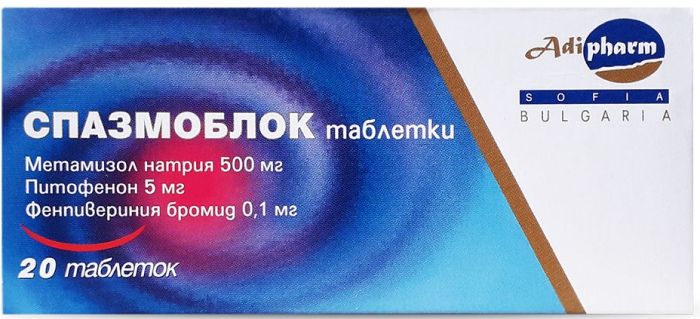
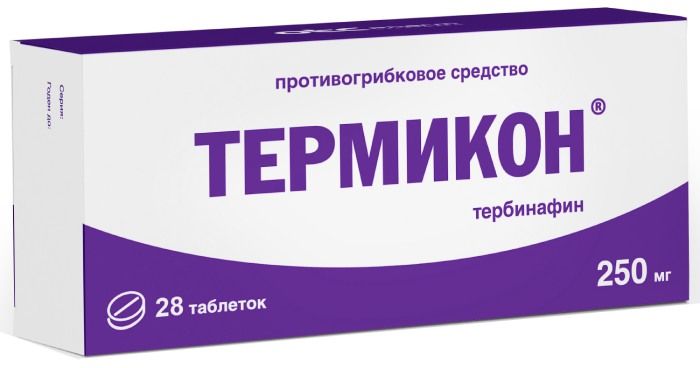
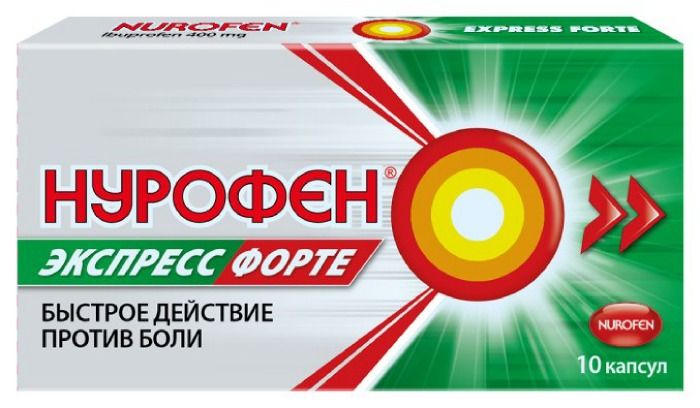

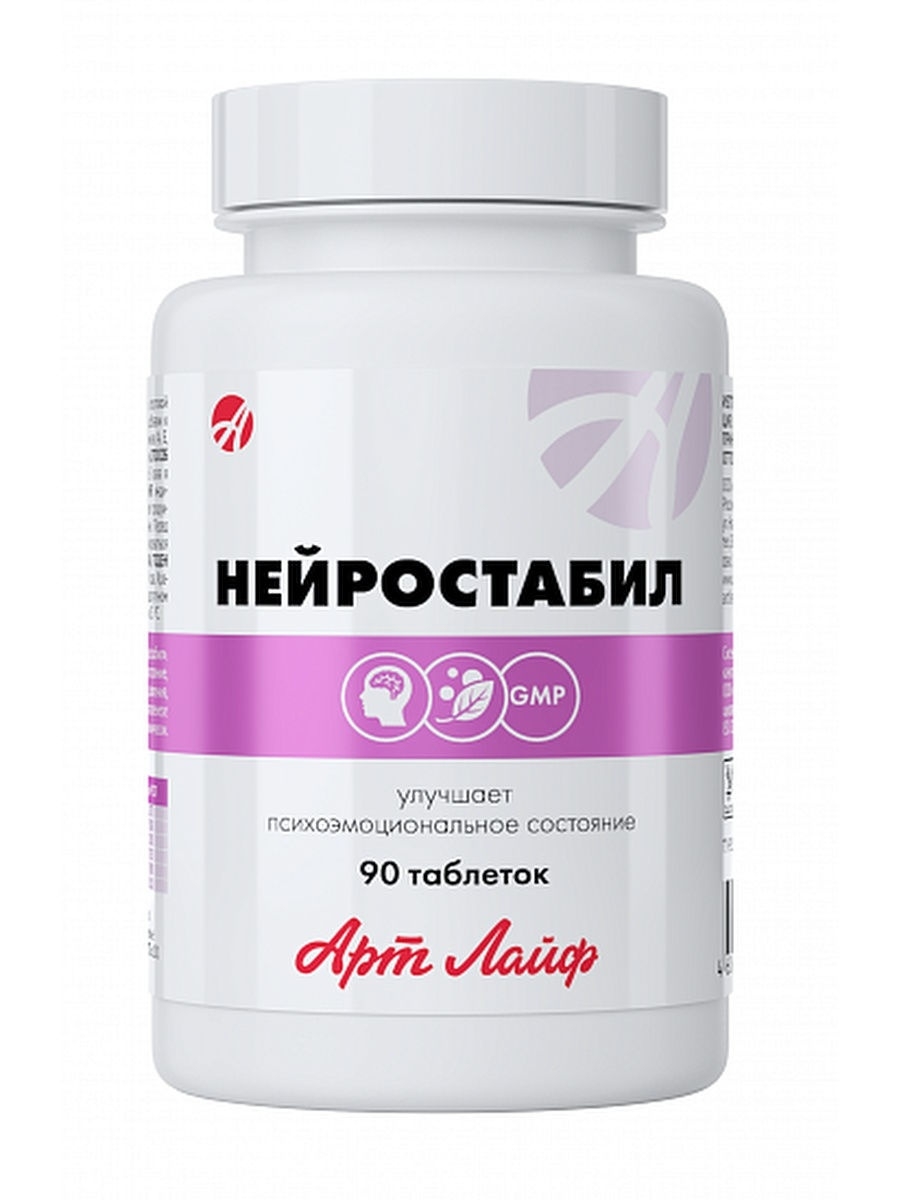
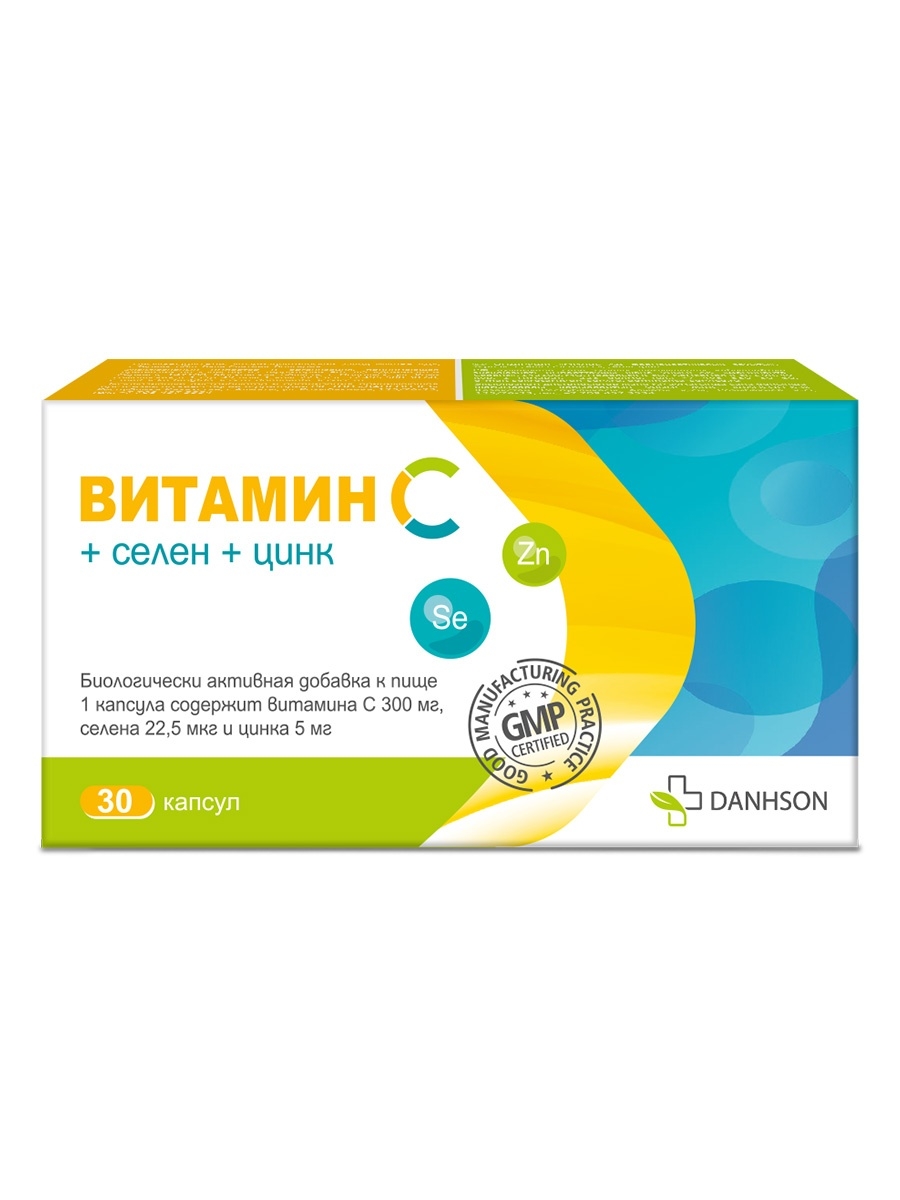
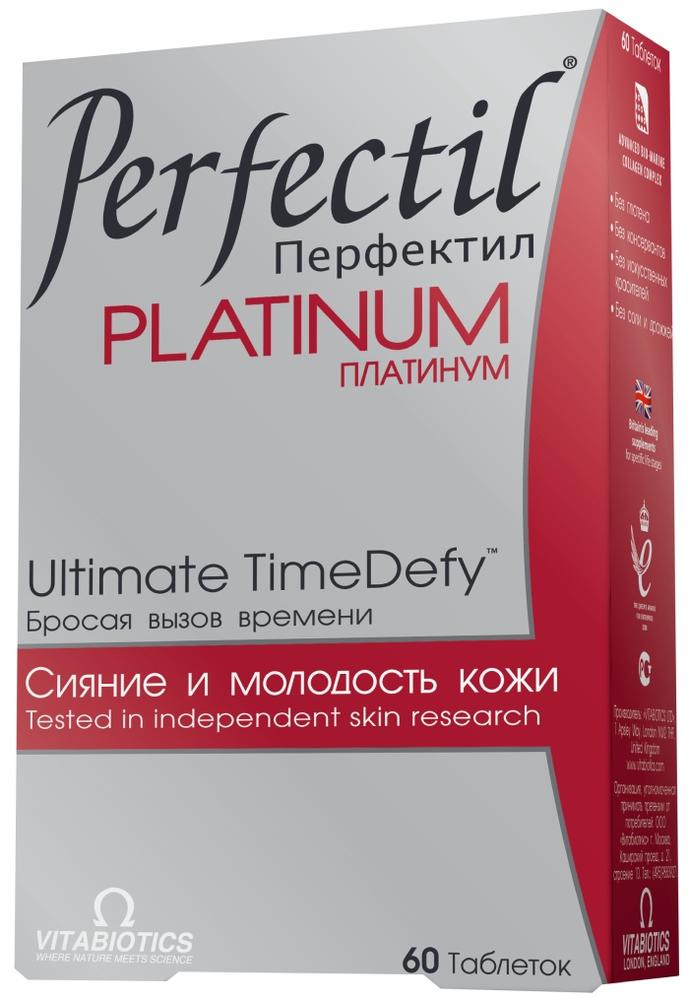
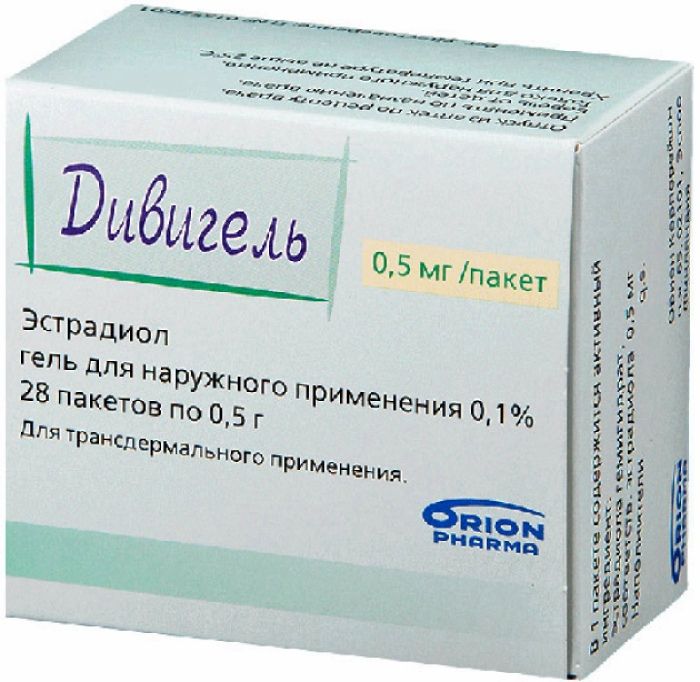
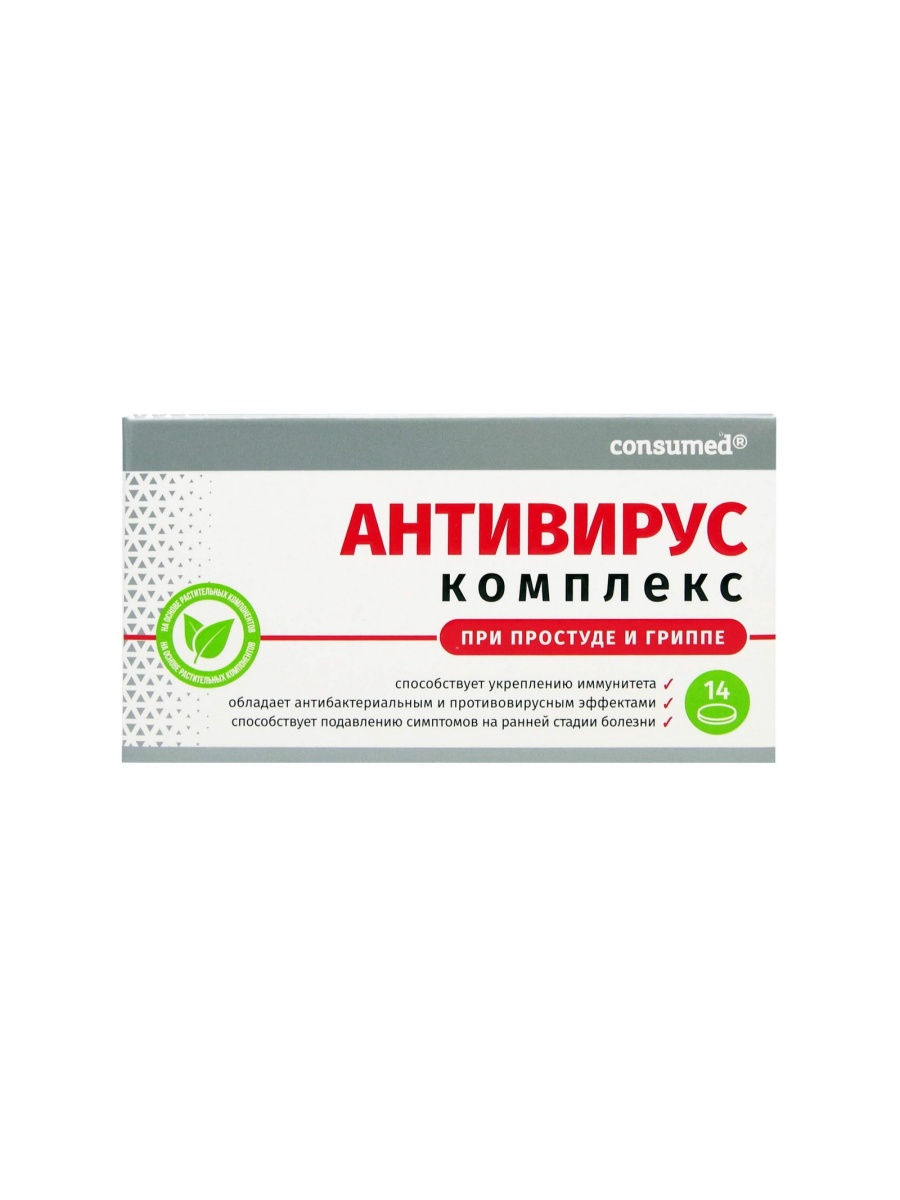



There are no reviews yet.